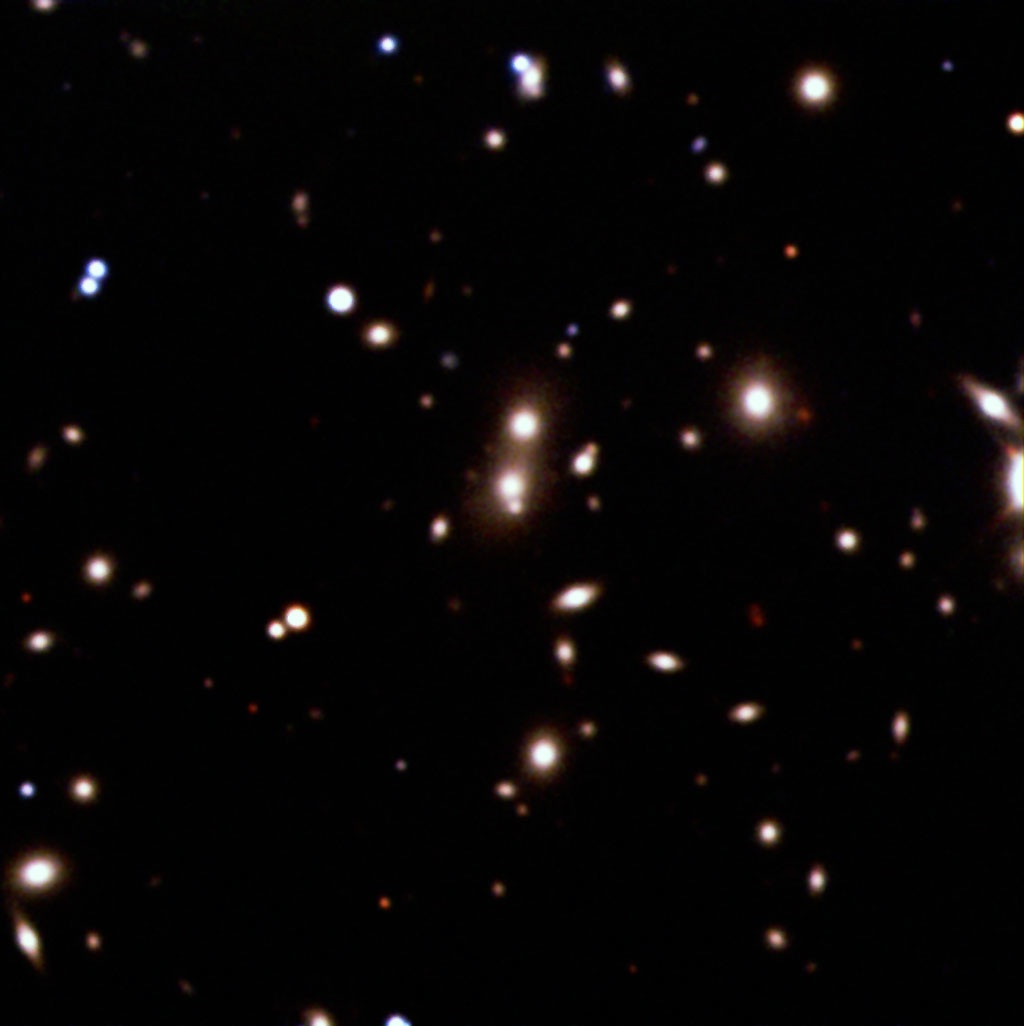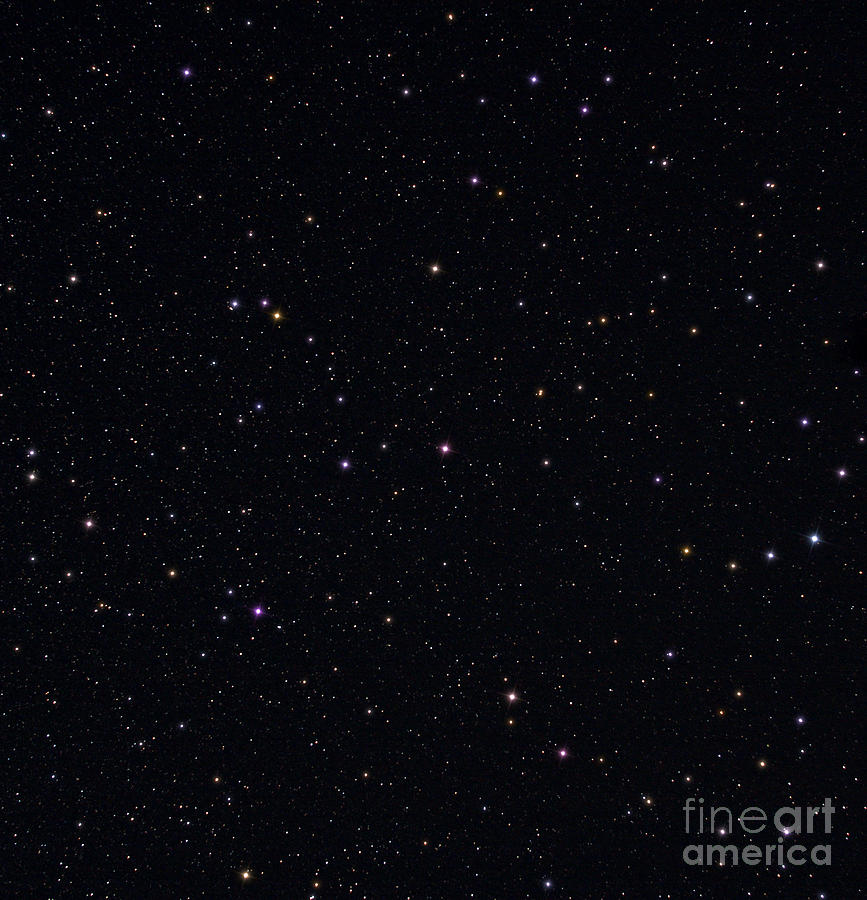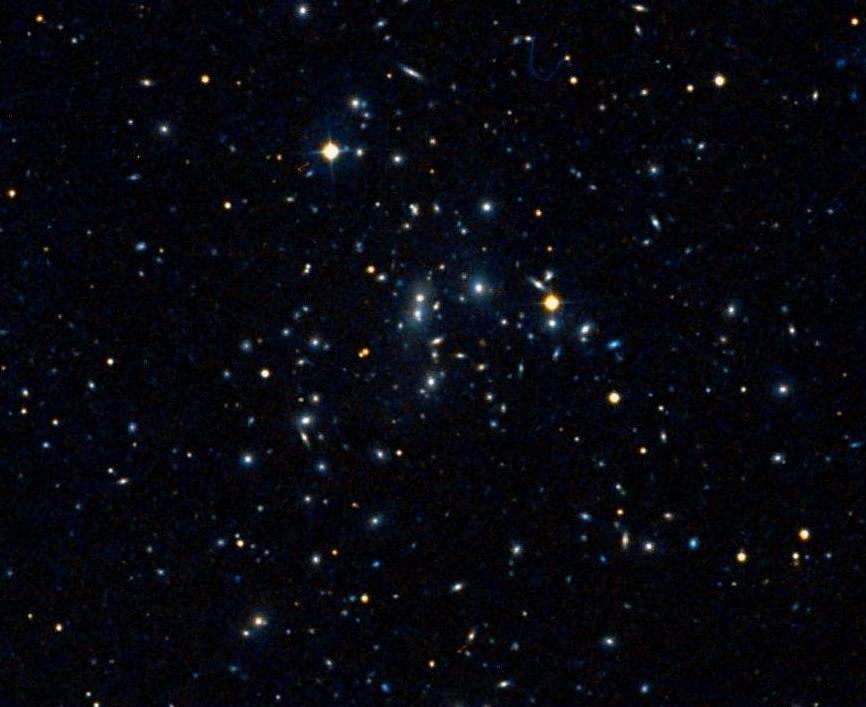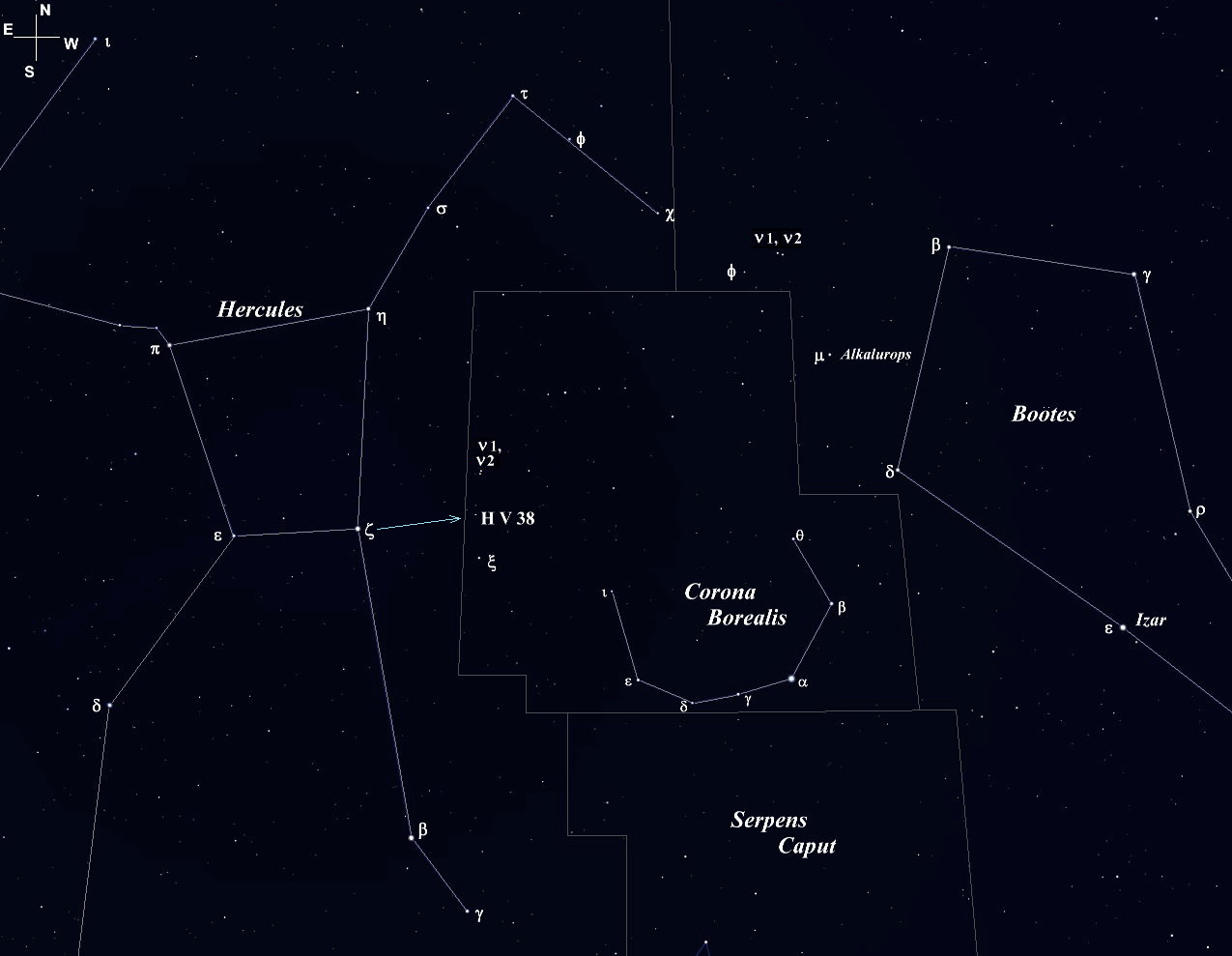Hercules and Corona Boreales FLC Observatory

HerculesCorona Borealis Great Wall by Joseph Riyazifar on Amazon Music
But the biggest single entity scientists have identified is a supercluster of galaxies called the Hercules-Corona Borealis Great Wall, which is about 10 billion light-years wide.

HerculesCorona Borealis Great Wall Mahou Kaiju Series Wiki Fandom
The Hercules-Corona Borealis Great Wall (HCB) [1] [5] or simply the Great Wall [6] is a galaxy filament that is the largest known structure in the observable universe, measuring approximately 10 billion light-years in length (the observable universe is about 93 billion light-years in diameter).

Hercules Corona Borealis Great Wall Astronomy Pinterest Hercules
They are theorized to be caused by quantum fluctuations during the early formation of the universe. A list of the largest voids so far discovered is below. Each is ranked according to its longest dimension. See also List of most massive black holes List of largest galaxies List of largest nebulae

Corona Borealis Constellations
The Hercules-Corona Borealis Great Wall is disputed. "Doubt has been placed on the existence of the structure in other studies, positing that the structure was found through biases in certain statistical tests, without considering the full effects of extinction." ["Hercules-Corona Borealis Great Wall" @ Wikipedia].

Hercules And Corona Borealis Photograph by John Chumack Fine Art America
Hercules-Corona Borealis Great Wall References ^ a b Hond, Bas den. "Line of galaxies is so big it breaks our understanding of the universe". New Scientist. ^ Mann, Adam (11 June 2021). " 'Giant arc' stretching 3.3 billion light-years across the cosmos shouldn't exist". livescience.com. ^ Fox-Skelly, Jasmin (March 3, 2023).

HerculesCorona Borealis Great Wall Nasa / ESA Approaching the
The Hercules-Corona Borealis Great Wall is the largest known superstructure in the universe . It is a huge group of galaxies forming a giant sheet-like pattern which is about 10 billion light-years long, 7.2 billion light-years wide, and almost 1 billion light-years thick.

Space Trivia How well do you know the universe?
The Hercules-Corona Borealis Great Wall is a massive structure of galaxies measuring around 10 billion light years across. Its existence was discovered by astronomers charting the locations of gamma ray bursts which had been detected by the Swift Gamma Ray Burst mission.

Beyond the Milky Way, a Galactic Wall The New York Times
The Great Wall of China has nothing on this 10 billion light-year-wide celestial object.

The Corona Borealis Constellation Universe Today
Known as the Giant Arc, the structure throws into question some of the basic assumptions about the Universe. According to the standard model of cosmology - the theory on which our understanding of.

Short Documentary Hercules Corona Borealis Great Wall YouTube
The South Pole Wall, as it is known, consists of thousands of galaxies — beehives of trillions of stars and dark worlds, as well as dust and gas — aligned in a curtain arcing across at least 700.

HerculesCorona Borealis Great Wall 10 Largest Objects In The
But the biggest single entity scientists have identified is a supercluster of galaxies called the Hercules-Corona Borealis Great Wall, which is about 10 billion light-years wide.

Northern Lights, solar storm Aurora borealis was a bust. Here's why.
Other identified structures include the Great Wall, the Sloan Great Wall, the Hercules-Corona Borealis Great Wall, and the Bootes Void. Put together, these walls make up what astronomers call the.

Corona Borealis StarSplitters
The largest known structure is the Hercules-Corona Borealis Great Wall, which is 10 billion light years wide—equal to about a tenth of the diameter of the entire observable universe.

HerculesCorona Borealis Great Wall YouTube
Large structures have also been discovered by other cosmologists. The biggest single entity scientists have identified is a supercluster of galaxies - the Hercules-Corona Borealis Great Wall.

Hercules and Corona Boreales FLC Observatory
Hercules was one of the constellations defined by the 2nd century astronomer Ptolemy, although it may have its origins in Babylonian astronomical tradition. The second constellation to look for.

The Corona Borealis Constellation Universe Today
Corona Borealis is a small constellation in the Northern Celestial Hemisphere. It is one of the 48 constellations listed by the 2nd-century astronomer Ptolemy, and remains one of the 88 modern constellations. Its brightest stars form a semicircular arc. Its Latin name, inspired by its shape, means "northern crown".